Global trade projection: ‘Weak recovery’ over ‘return to trend’
The WTO has slightly improved its forecast for global trade to a decline by 9.2% YoY, led by increased trade in medical and COVID-19 products as well as lifting of lockdowns. However, the recovery could be derailed by a second wave of infections and possible spreading of protectionist tendencies. Furthermore huge fiscal spending requirements and propensity of developed countries towards shorter value chains could threaten growth prospects for developing economies.
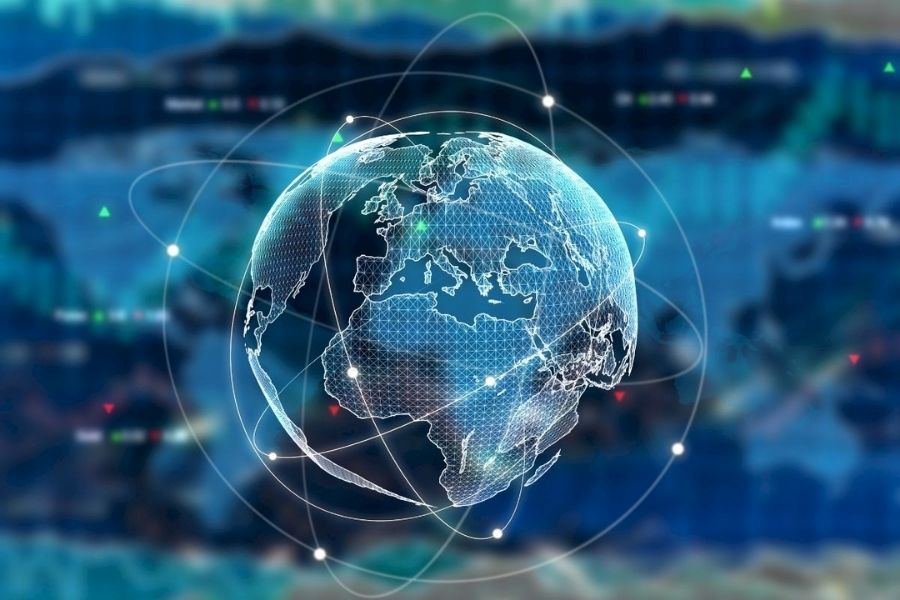
Image Credit: Crane Worldwide Logistics
WTO projections for trade this year are out amid varying speculations as to what the future holds. The multilateral trade body forecasts a decline in merchandise trade by 9.2% YOY in 2020. This is significantly better than the April projection of a decline by 12.9%, which posits a wave of optimism. However the projected bounce back of 7.2% for 2021 is significantly lower than the April projection of 21.3%, a pointer that is cause for pessimism.
The actual trend will depend on how a number of factors play out over the coming months. Merchandise trade was already in a slump due to the trade tensions last year and the global economic slowdown. This post-pandemic decline in numbers was expected, but a lesser decline is definitely good news.
This improvement has been dictated by the increased trade in healthcare and COVID 19 products and the June-July lifting of lockdowns across borders giving a resulting economic activity boost. Two things about this resurgence need to be noted. Firstly, this could be temporary. Once the demand slows and the inventories replenish, the growth rate too may flatten. Secondly, assuming that another pandemic wave doesn’t hit, the change in dynamics after the pandemic subsides might entirely change the global trade scenario.
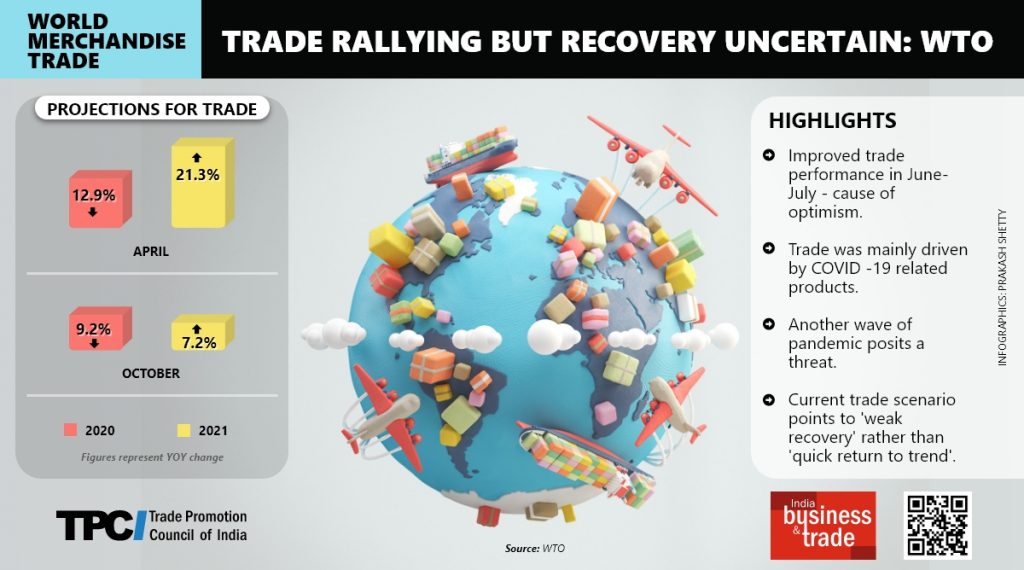
The rule-based multilateral system of trade under WTO’s guidance has got severely damaged as the government imposed the need for economic security and restricted investment as well as trade flows. The possibility of WTO recommended slashing of tariffs and trade negotiations now appears remote. Countries have imposed export restrictions, not only on medical products, but also on the plentiful food supplies. The old idea of trade being a zero-sum game – gain only coming at the cost of others has returned. Protectionist policies of the US and its trade war with China were a chief factor in the trade slowdown. This tendency may spread across the entire world post the pandemic. We can imagine the extent of damage that can cause to global trade.
Another huge risk for future trade lies in the inward-outlook of countries. As countries try to shorten the length of their supply chains and make more state-oriented as well as domestic support policies – the risk of protectionism gets higher. This will pose trouble for the MNCs, that are already gripped by the disruption caused due to the pandemic as well as consumers benefitting from cheap services. It is equally a cause of concern for devloping countries, as Rashmi Banga, Senior Economic Officer, UNCTAD, elaborates:
These policies will reshape the global economy with shorter global value chains, and reshoring of manufacturing to developed countries. Such policies may lead to, for example, more trade happening within EU, as compared to EU with the outside world. These changes in the global economy can be very challenging for developing countries like India.
In order for the global trade forecast to materialize and improve further, the role of all countries coming together cannot be overemphasized. There is a need for the right policy steps, boosting investment and expanding employment opportunities on the part of the government.
While richer countries can easily survive, poor nations that are highly reliant on debt are under a huge risk of incurring sovereign debt crises due to large fiscal spending. Deficit expenditure might worsen trade balance. The increased sentiment of moving away from China might make developing economies investment attractions but they will also be required to augment their efforts on capacity building to serve developed country standards.








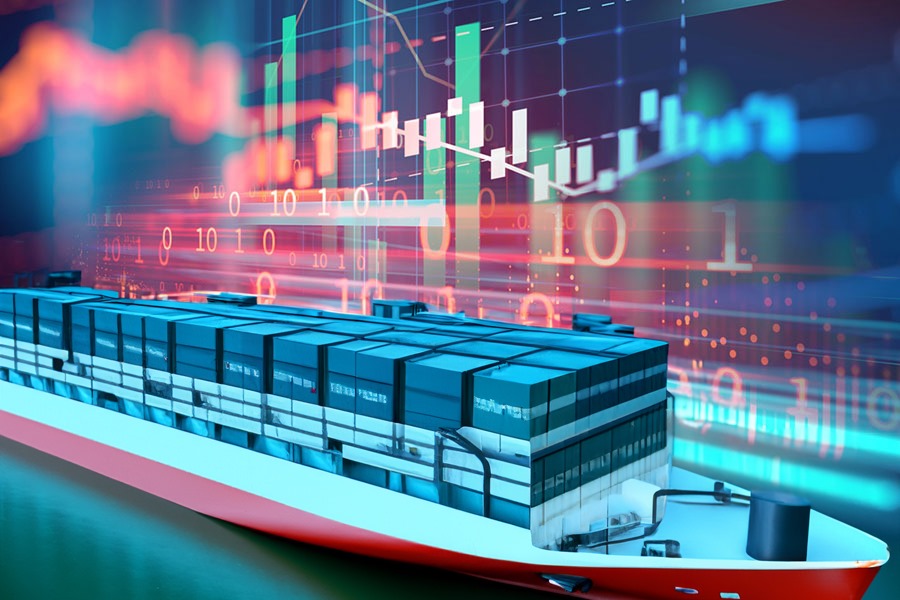
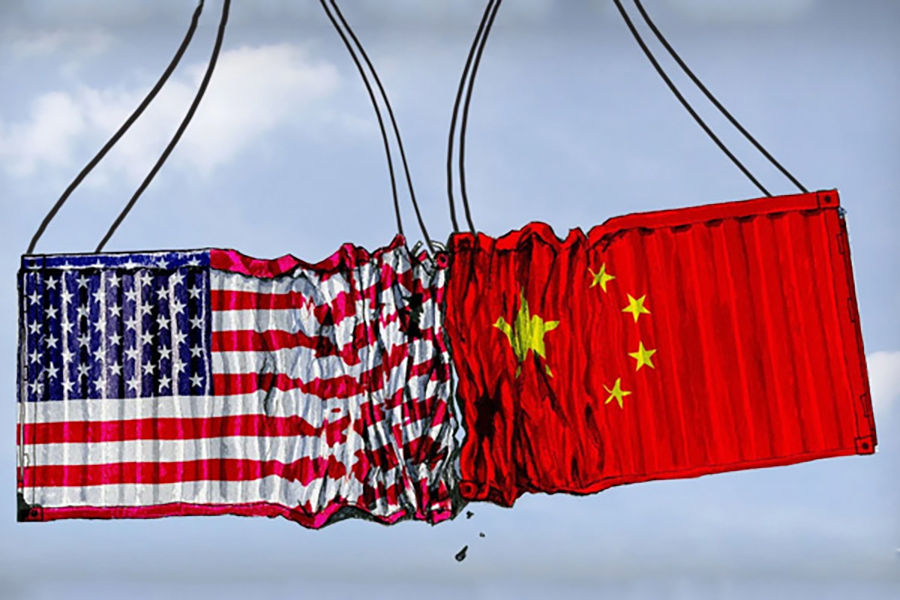

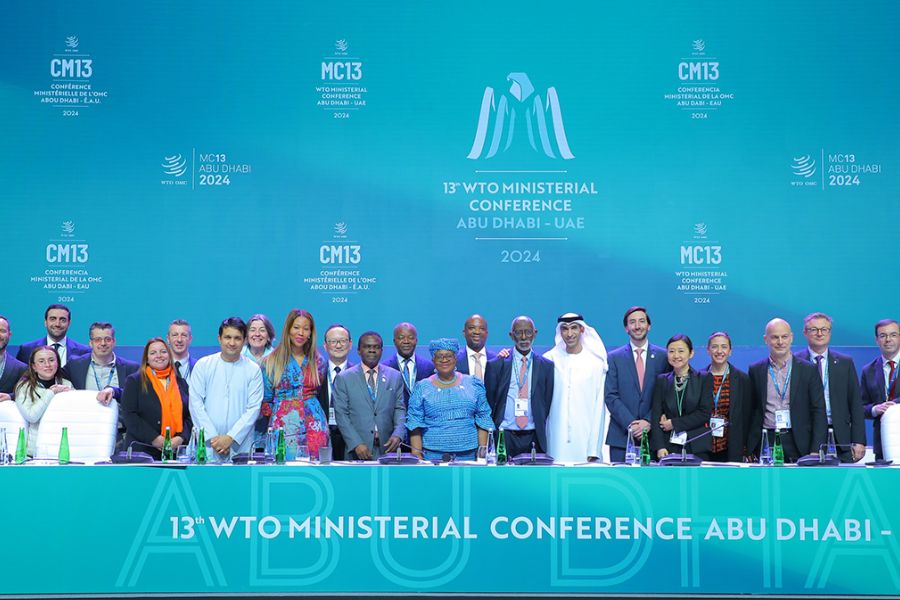

Leave a comment